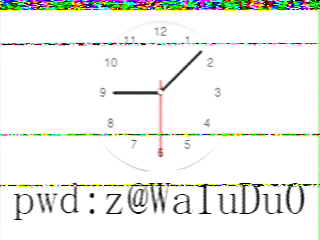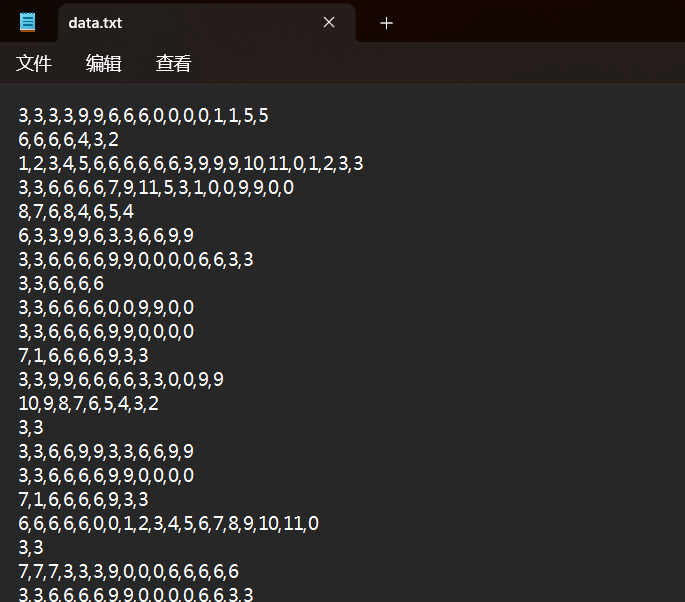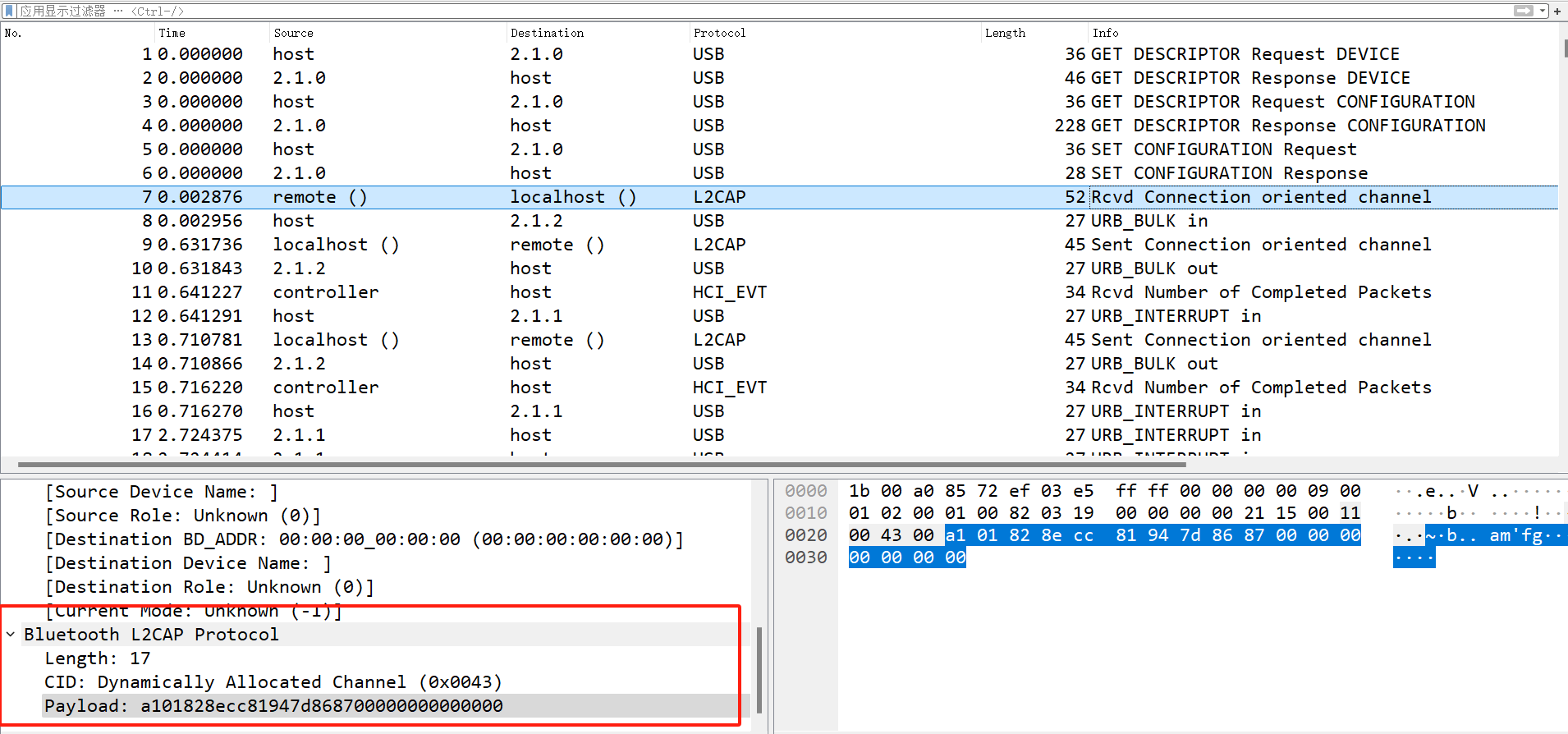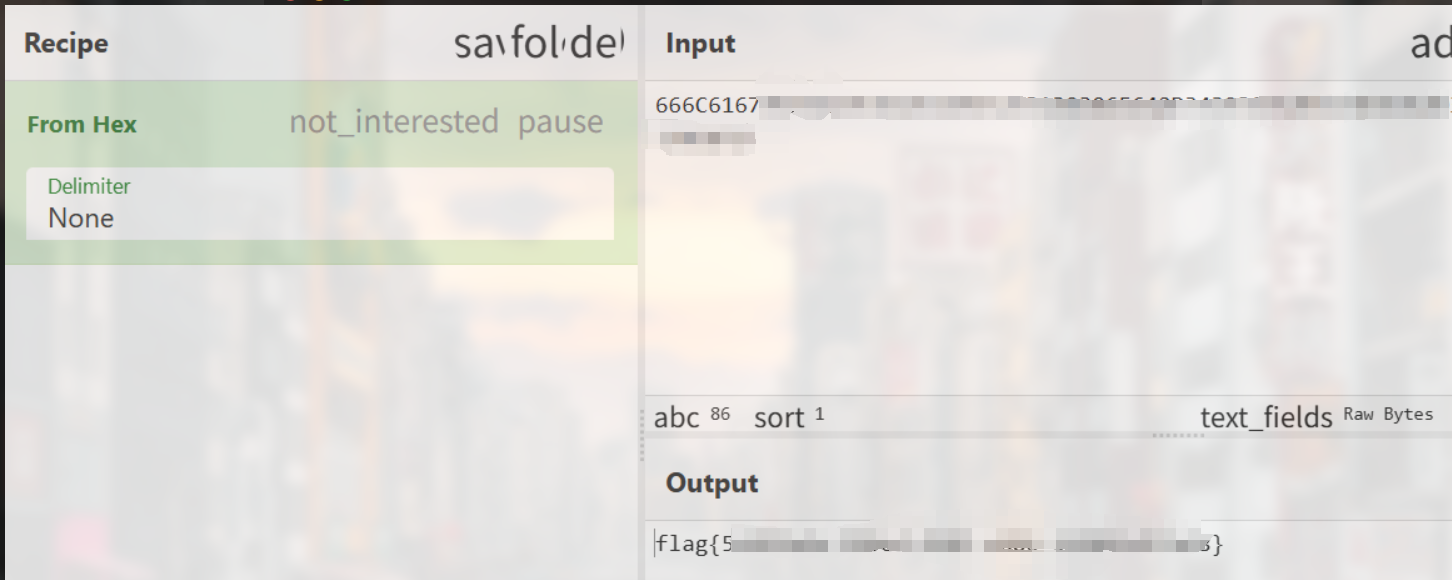为❤发⚡
alarm_clock
给了vmdk,取证一下恢复一个wav和一个压缩包


很明显是SSTV,

解压后发现是

按照所给hint,按照时钟进行画图:
import matplotlib.pyplot as plt
import numpy as np
direction_map = {
0: (0, 1),
1: (0.5, 0.5),
2: (1, 0.25),
3: (1, 0),
4: (0.5, -0.5),
5: (0.25, -1),
6: (0, -1),
7: (-0.5, -0.5),
8: (-1, -0.25),
9: (-1, 0),
10: (-0.5, 0.5),
11: (-0.25, 1)
}
paths = [
[3,3,3,3,9,9,6,6,6,0,0,0,0,1,1,5,5],
......
]
fig, ax = plt.subplots(figsize=(12, 8))
colors = plt.cm.tab10(np.linspace(0, 1, len(paths)))
for i, path in enumerate(paths):
x, y = [0], [0]
for d in path:
dx, dy = direction_map[d]
x.append(x[-1] + dx)
y.append(y[-1] + dy)
x = np.array(x) + i * 5
y = np.array(y)
ax.plot(x, y, color=colors[i], linewidth=2, label=f'Path {i+1}')
ax.set_aspect('equal')
ax.axis('off')
plt.title("Clock Direction Paths (Simplified)", fontsize=14)
plt.legend(loc='upper right', fontsize=8)
plt.tight_layout()
plt.show()
Bluetooth
观察流量包,发现是考L2CAP层协议解析,

提取一下Bluetooth L2CAP Payload
tshark -r Bluetooth.pcapng -e "btl2cap.payload" -T fields > result.txt
发现result中长度34位里的数据只有后三位不一样,提取出来
def extract_third_last(filename):
with open(filename, 'r', encoding='utf-8') as f:
lines = f.readlines()
result = []
for line in lines:
line = line.strip()
if len(line) == 36:
result.append(line[-3])
return result
if __name__ == "__main__":
filename = 'result.txt'
chars = extract_third_last(filename)
for ch in chars:
print(ch)

发现只有 01248,0作为分隔符号,所以我们需要将0批量替换为空然后利用正则:1 1 1与1 1是1,2 2 2与 2 2是2,4 4 4与4 4 是4 ,8 8 8与8 8是8
import re
text = """
2 2 2 4 4 4 2 2 2 4 4 4
"""
result = re.sub(r'(\d)(?:\s\1){1,2}', r'\1', text)
print(result.strip())
转变为4进制,1替换成0,2替换成1,4替换成2,8替换成3
121212301201121313230......按两位一组组合为四进制数,转换为十进制字符:
text = "121212301201121313230......"
# 每两个字符一组
pairs = [text[i:i+2] for i in range(0, len(text), 2)]
# 将每组视为4进制并转为10进制
decimal_values = [int(pair, 4) for pair in pairs]
print(decimal_values)
# [6, 6, 6, 12, 6, 1, 6, 7, 7, 11, ......]def convert_numbers_to_custom_encoding(numbers):
result = []
for num in numbers:
if 0 <= num <= 9:
result.append(str(num))
elif 10 <= num <= 15:
result.append(chr(num - 10 + ord('A')))
else:
result.append('?') # 这里用 '?' 表示无效数字
return ''.join(result)
numbers = [6, 6, 6, 12, 6, 1, 6, 7, 7, 11, ......]
encoded_str = convert_numbers_to_custom_encoding(numbers)
print(encoded_str)
# 666C61677B......

